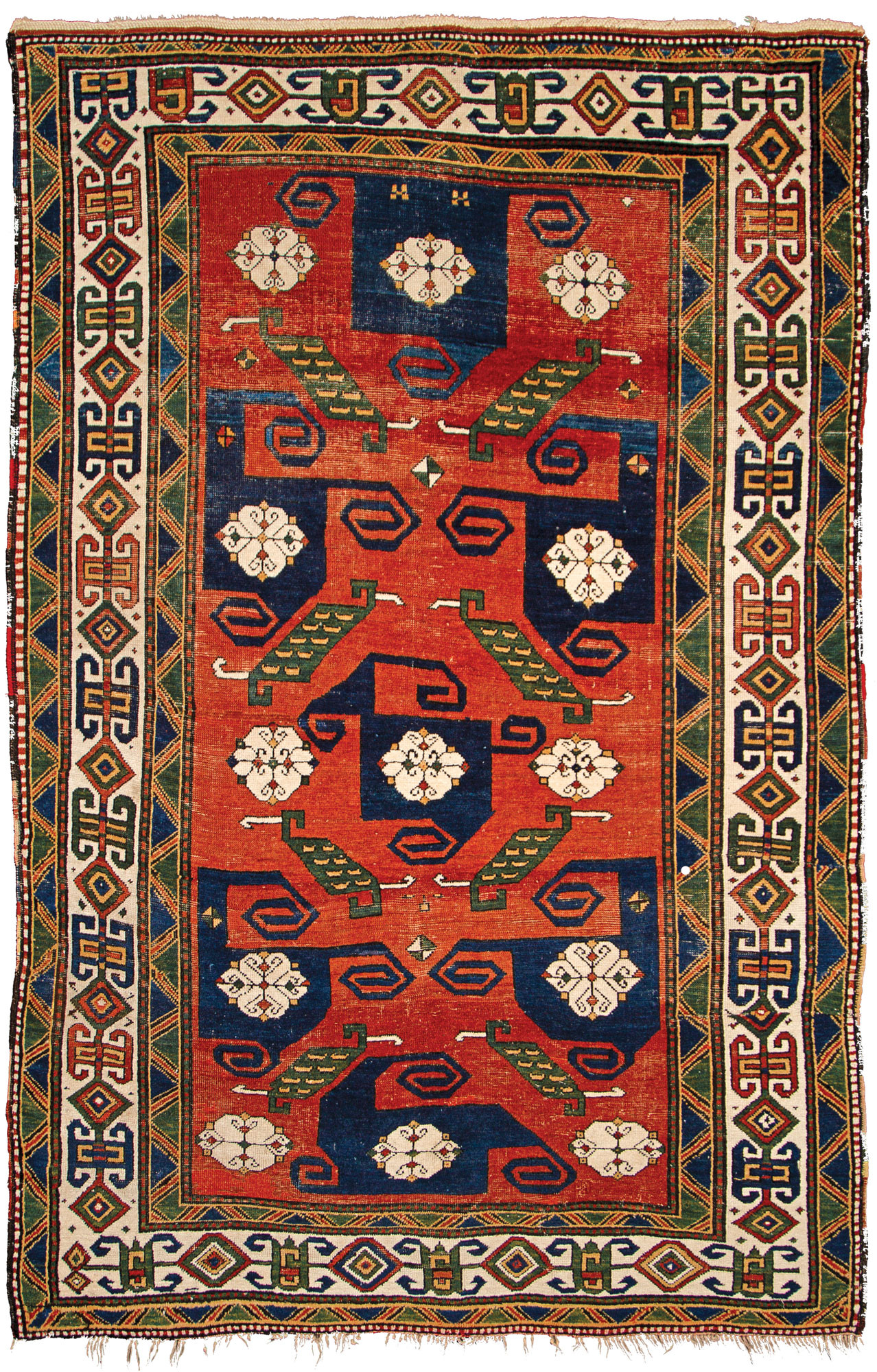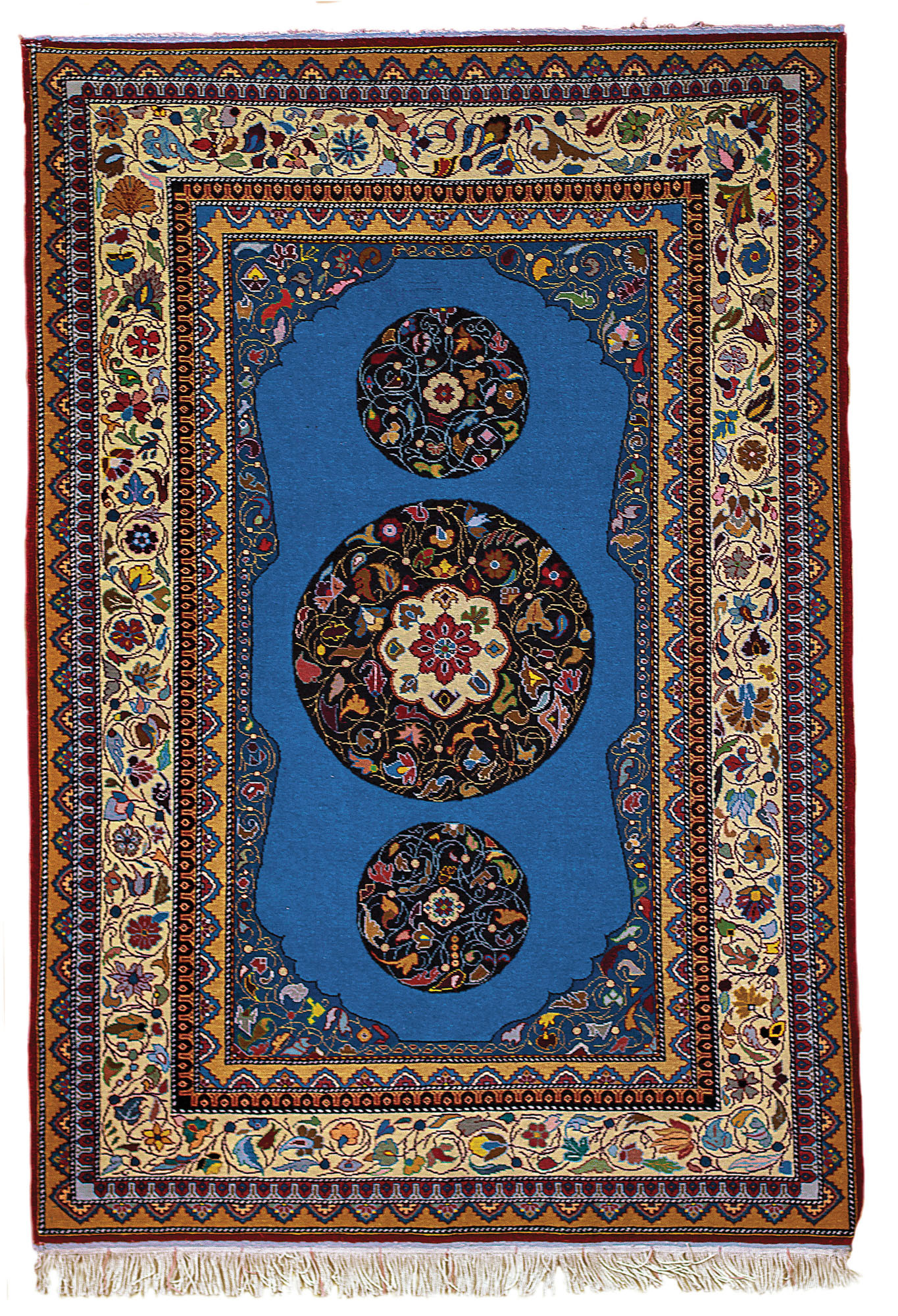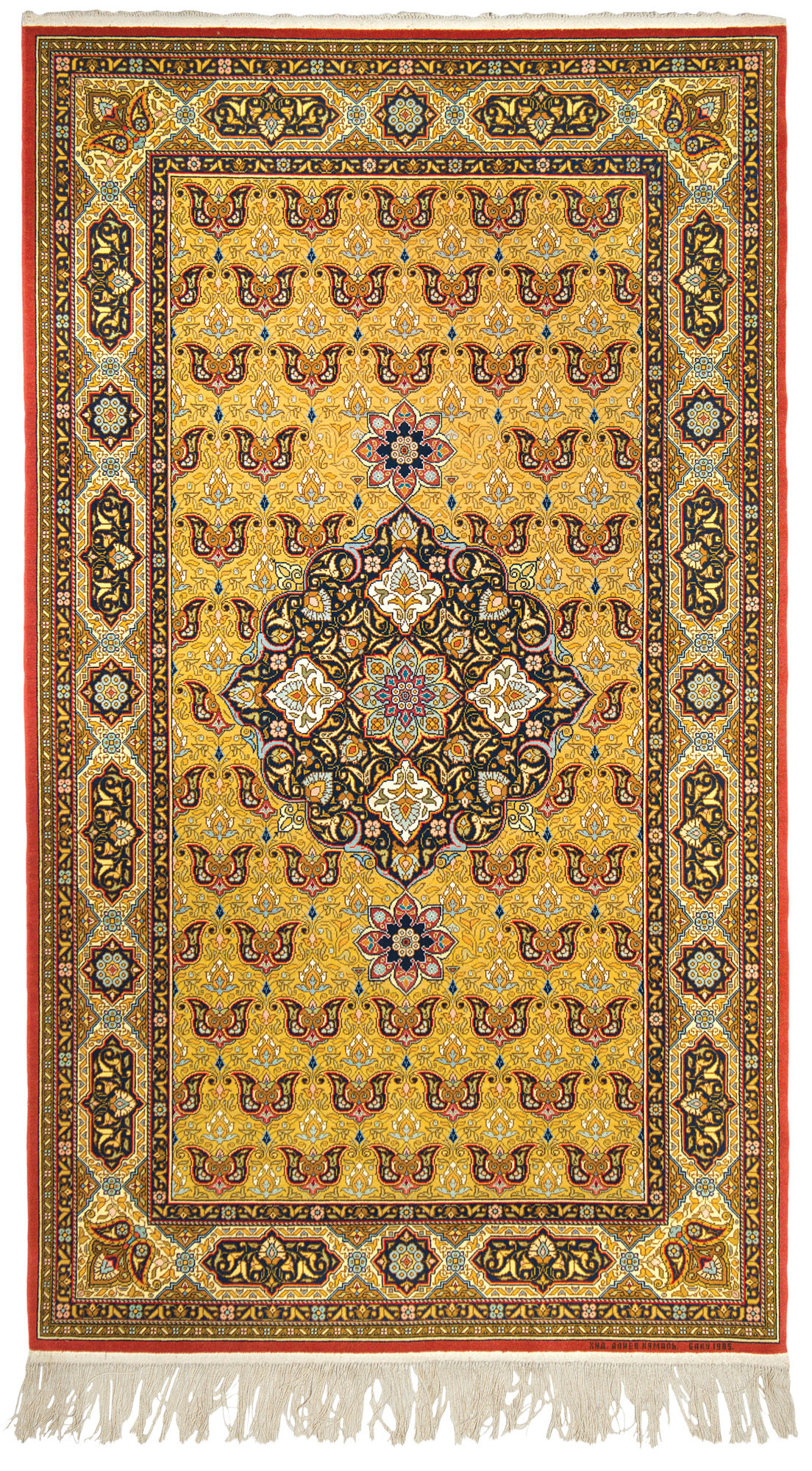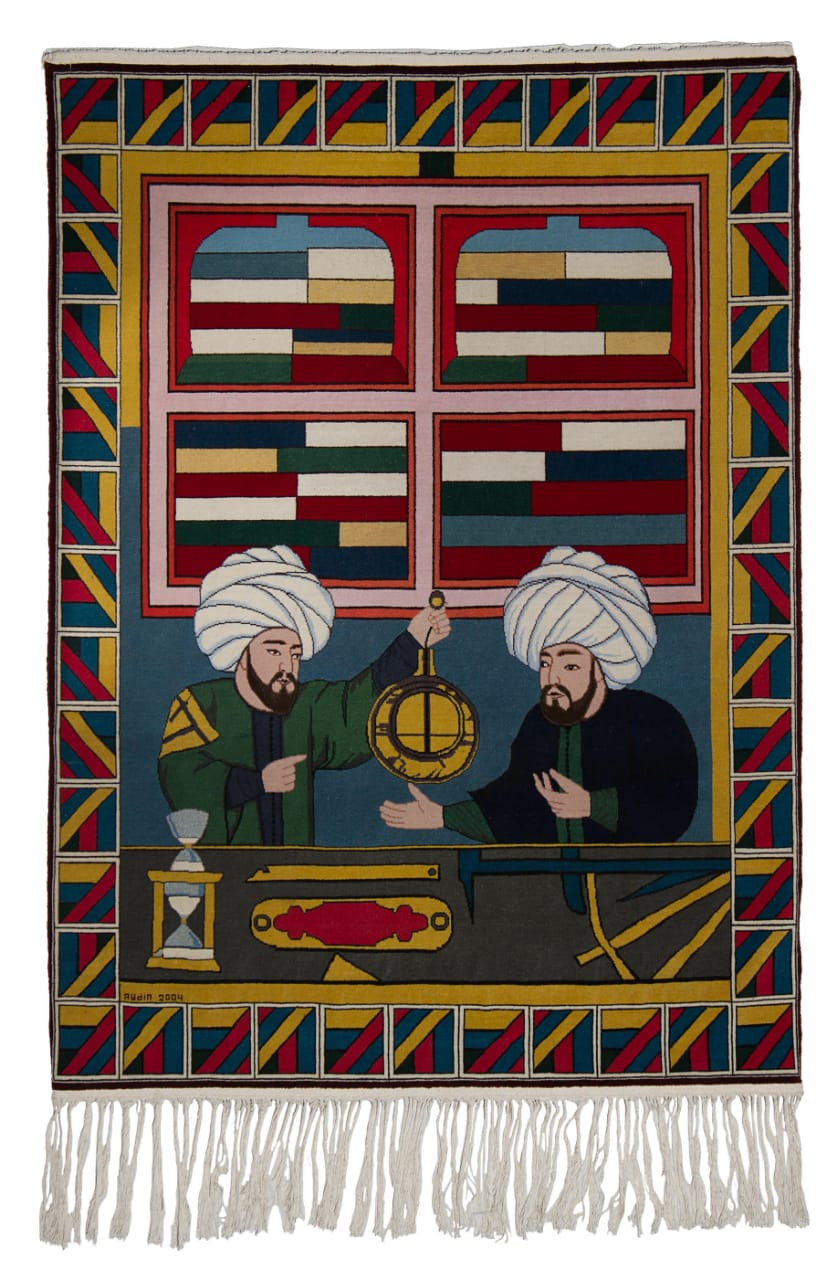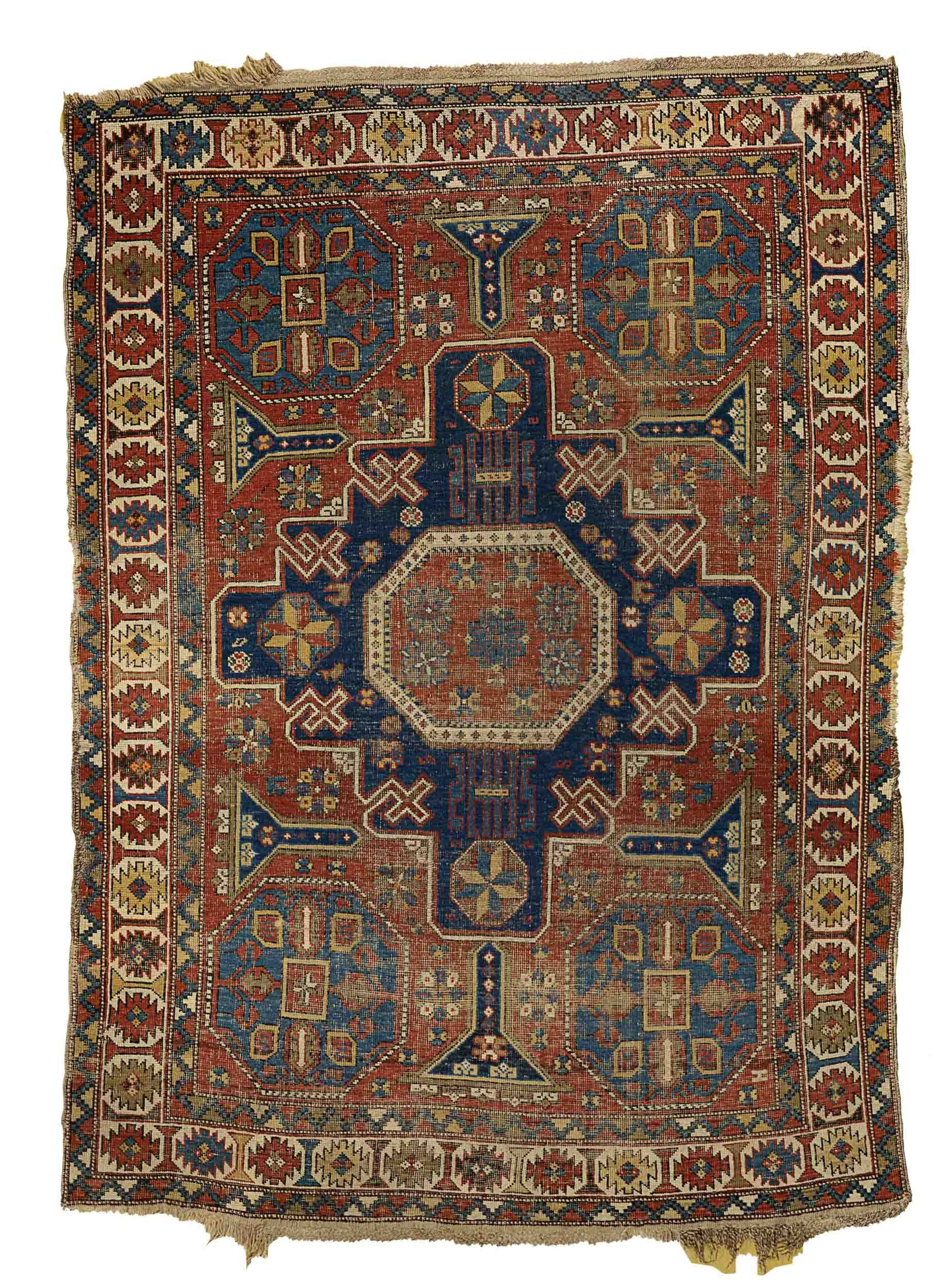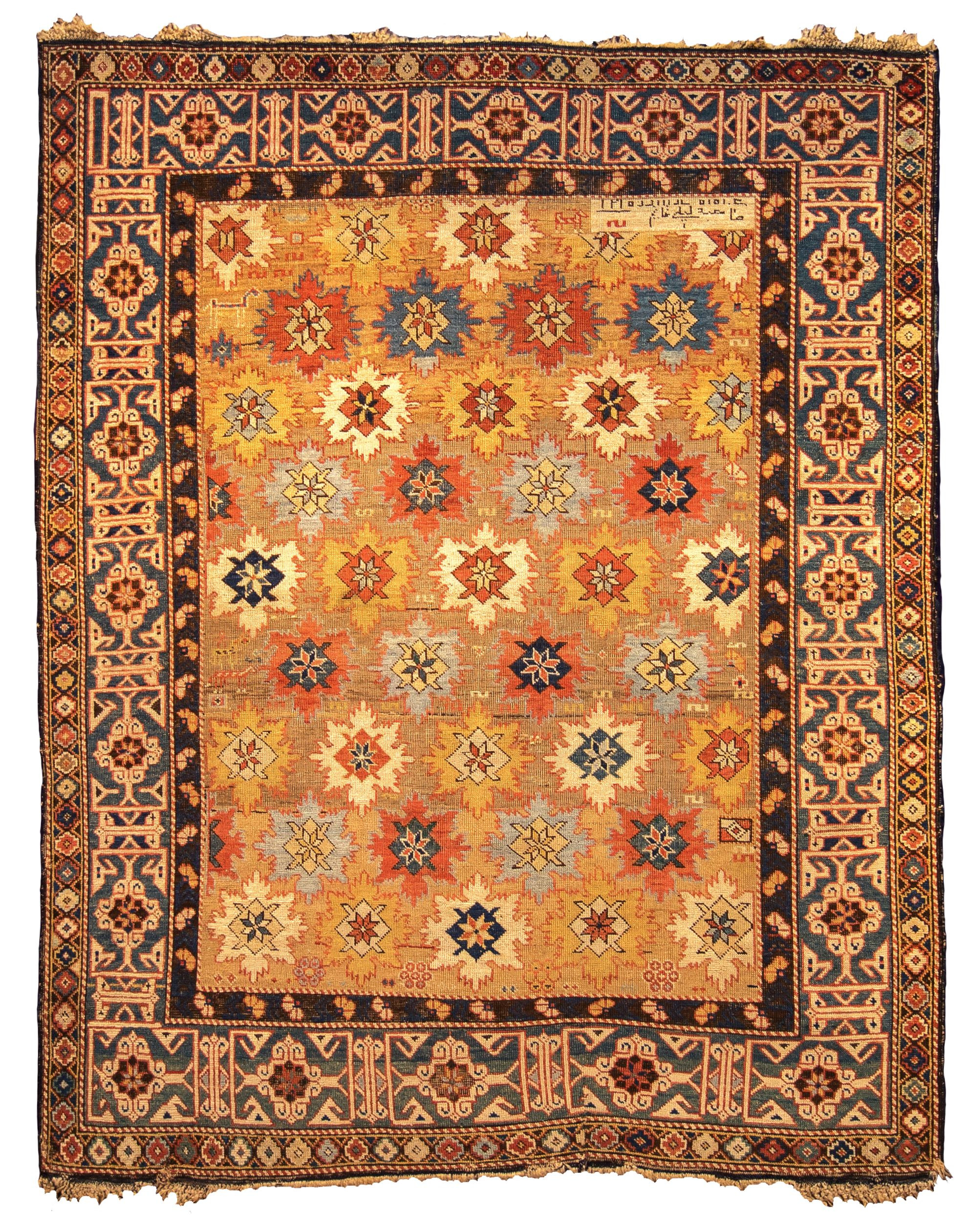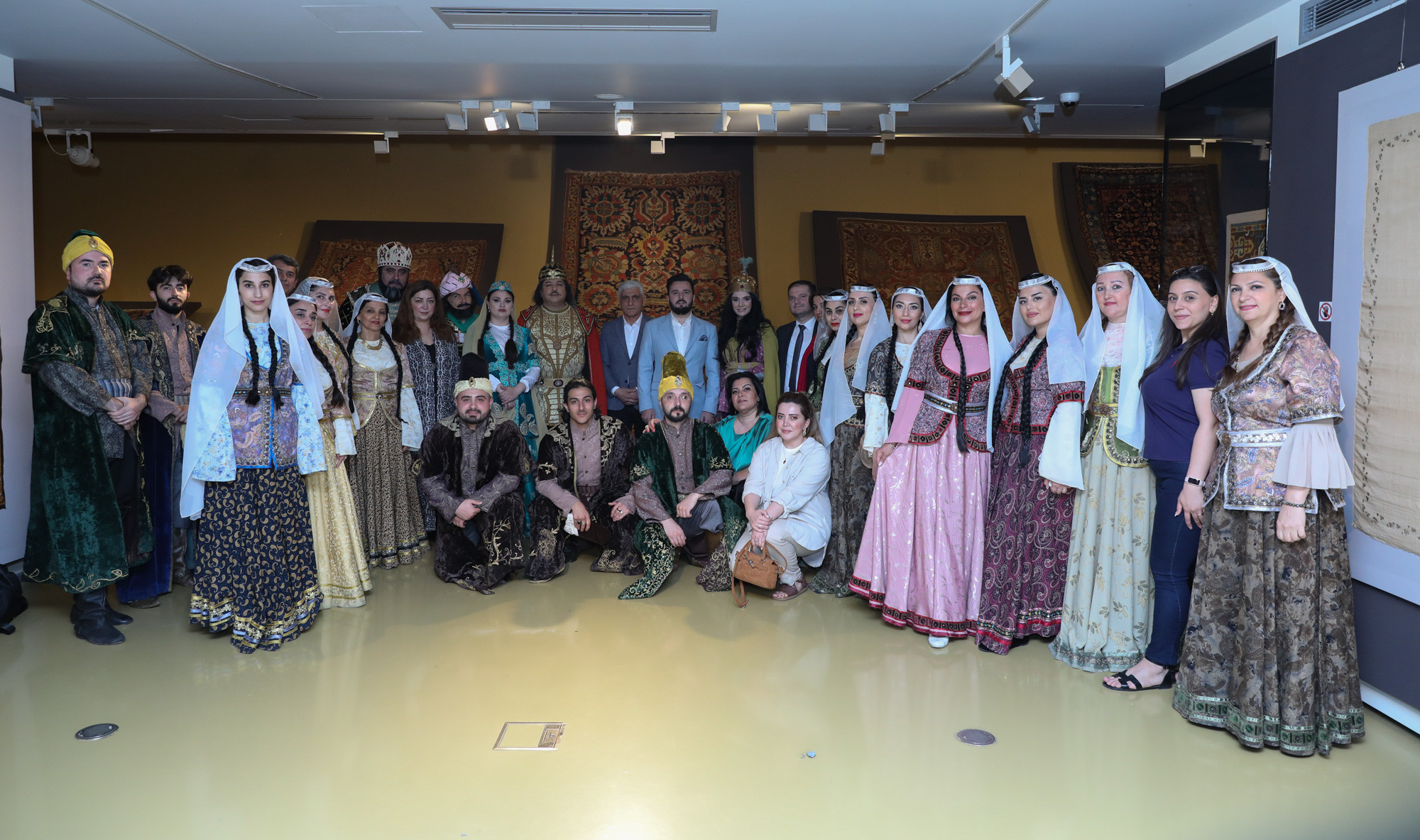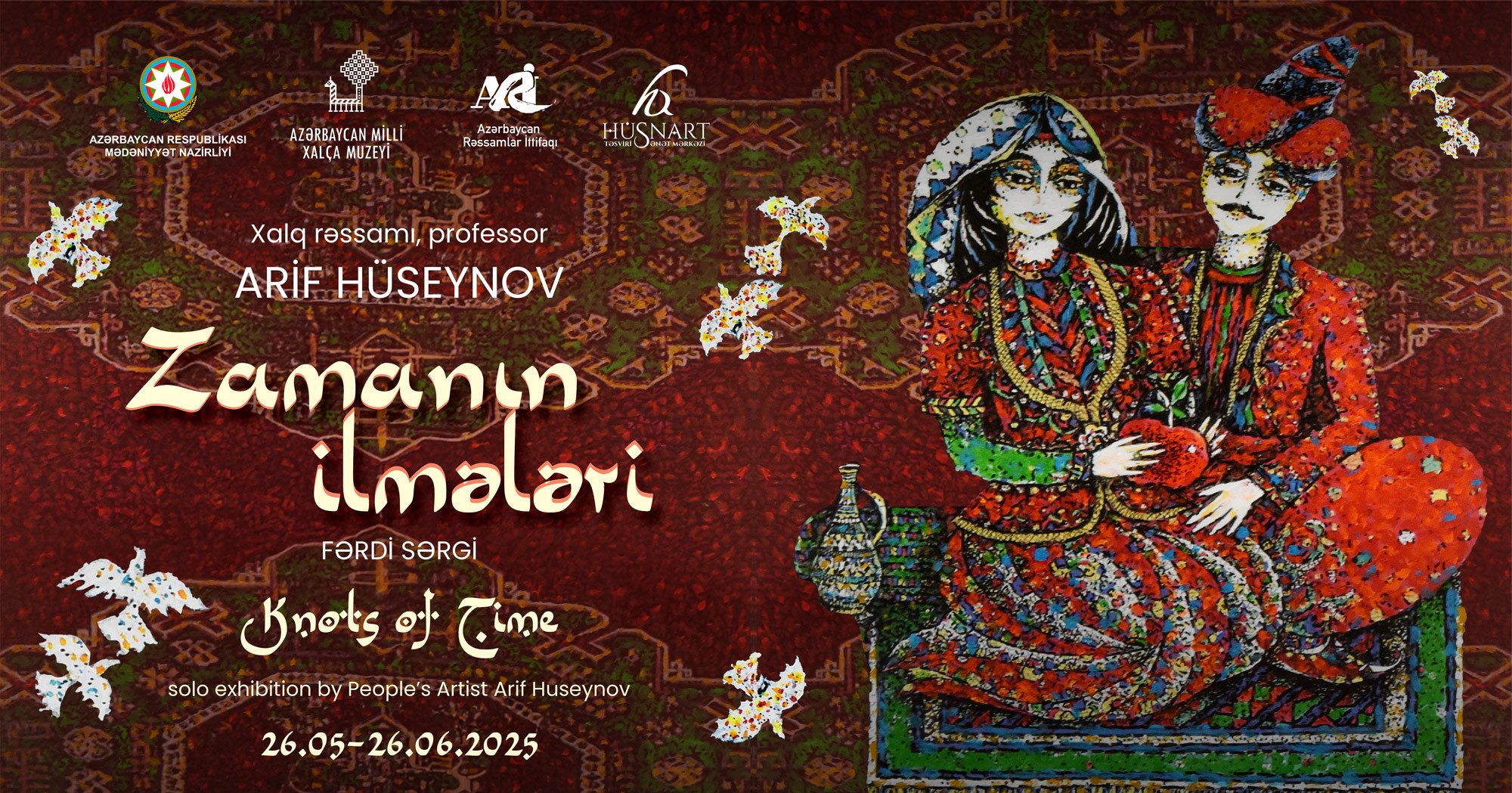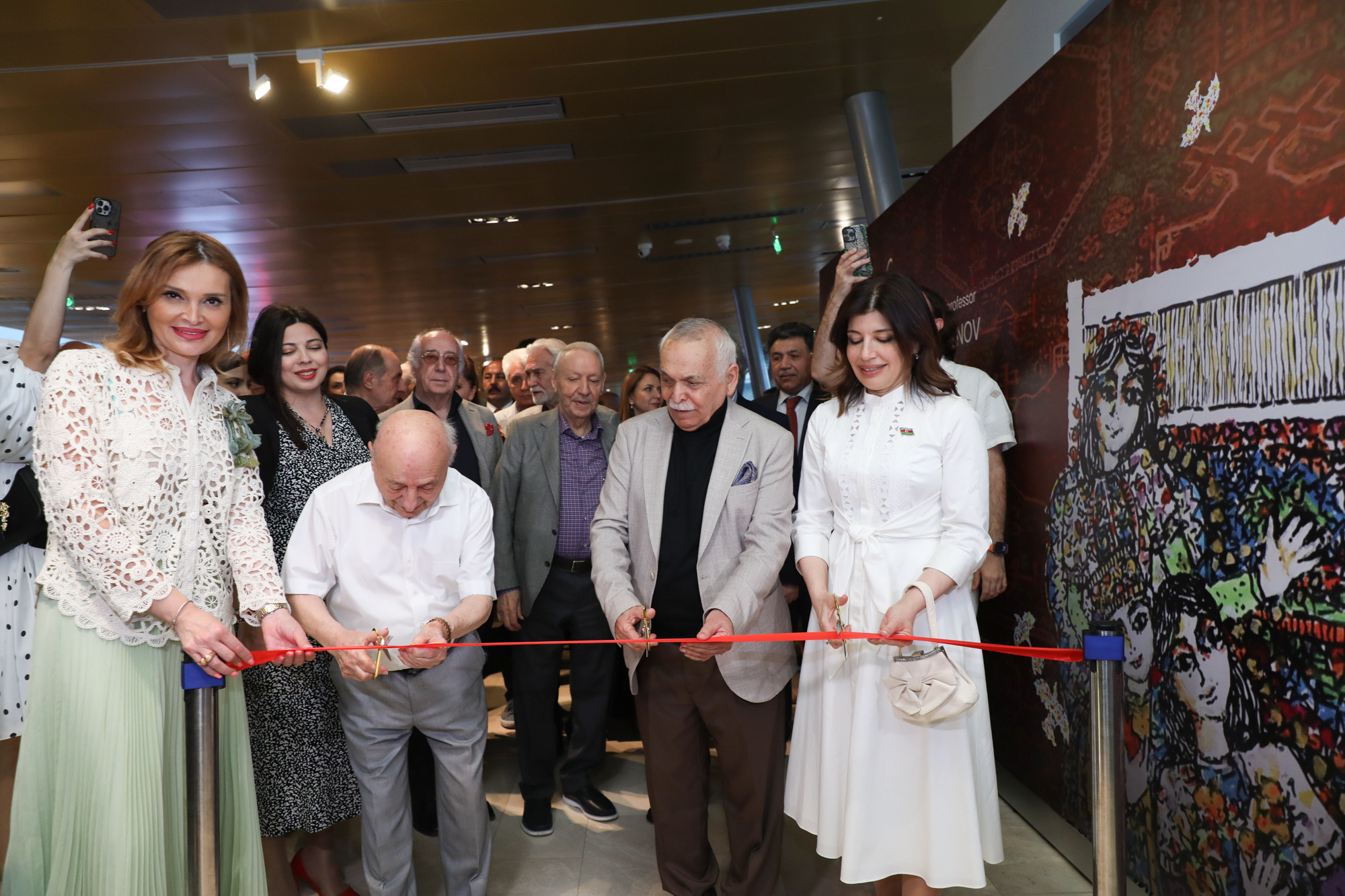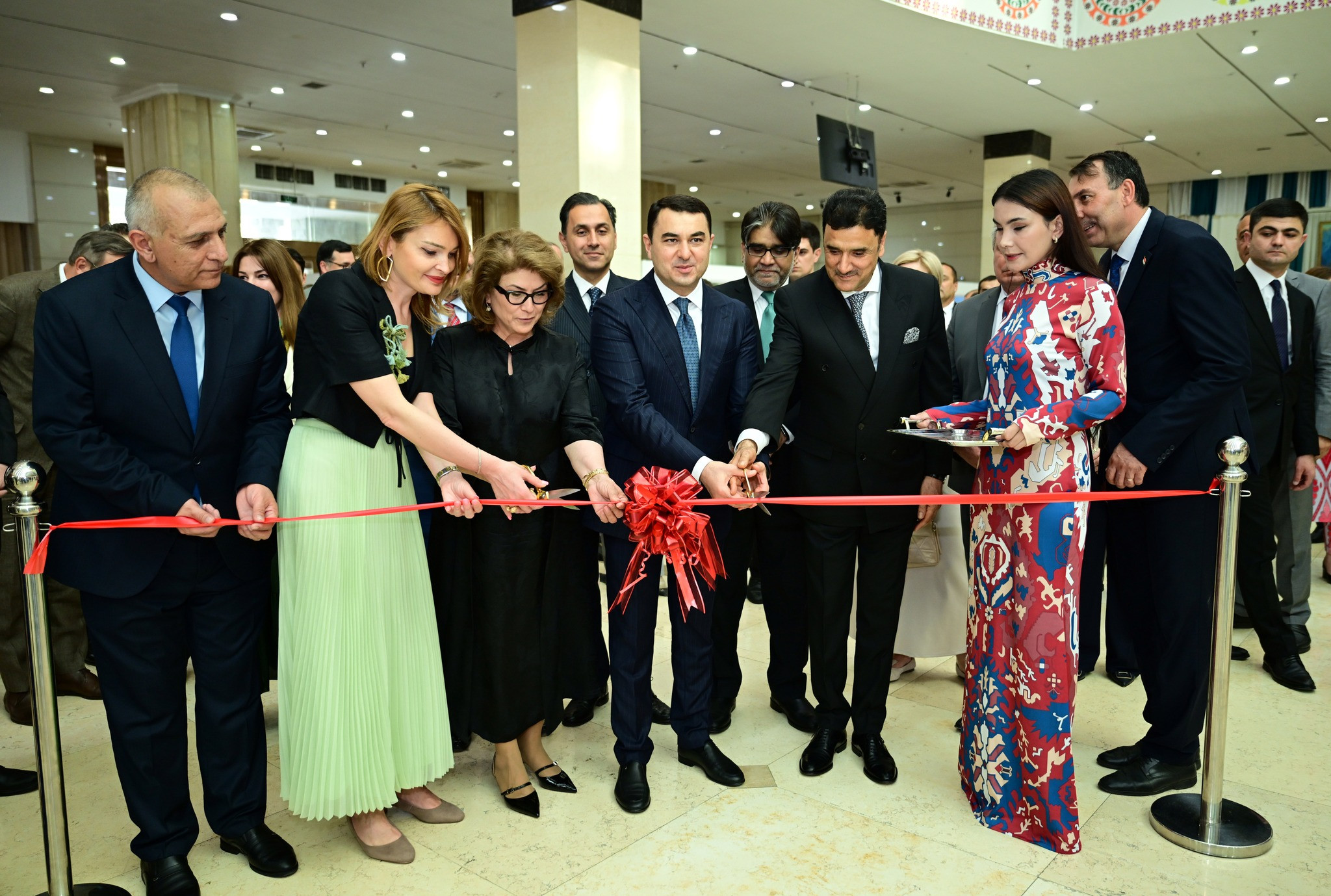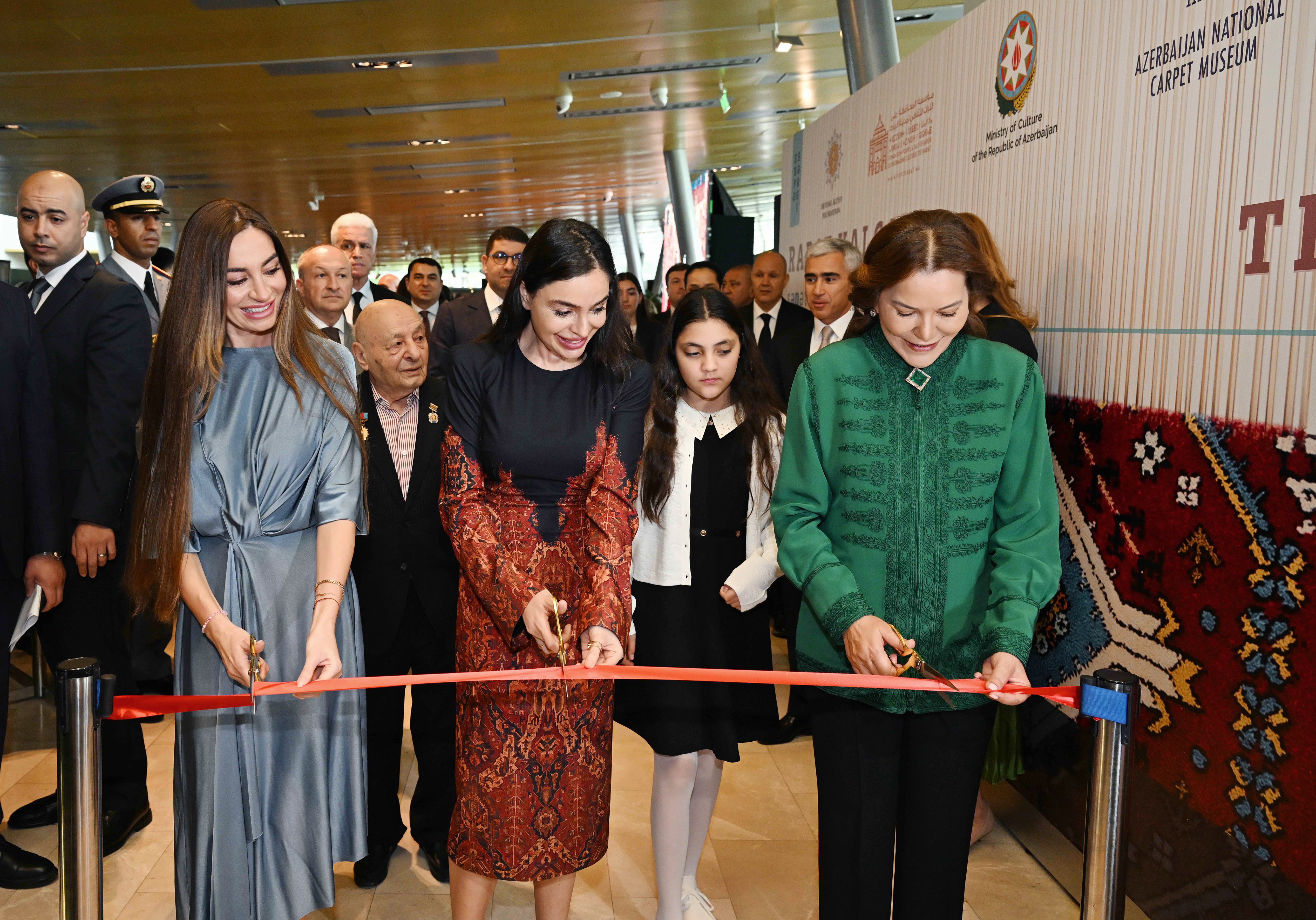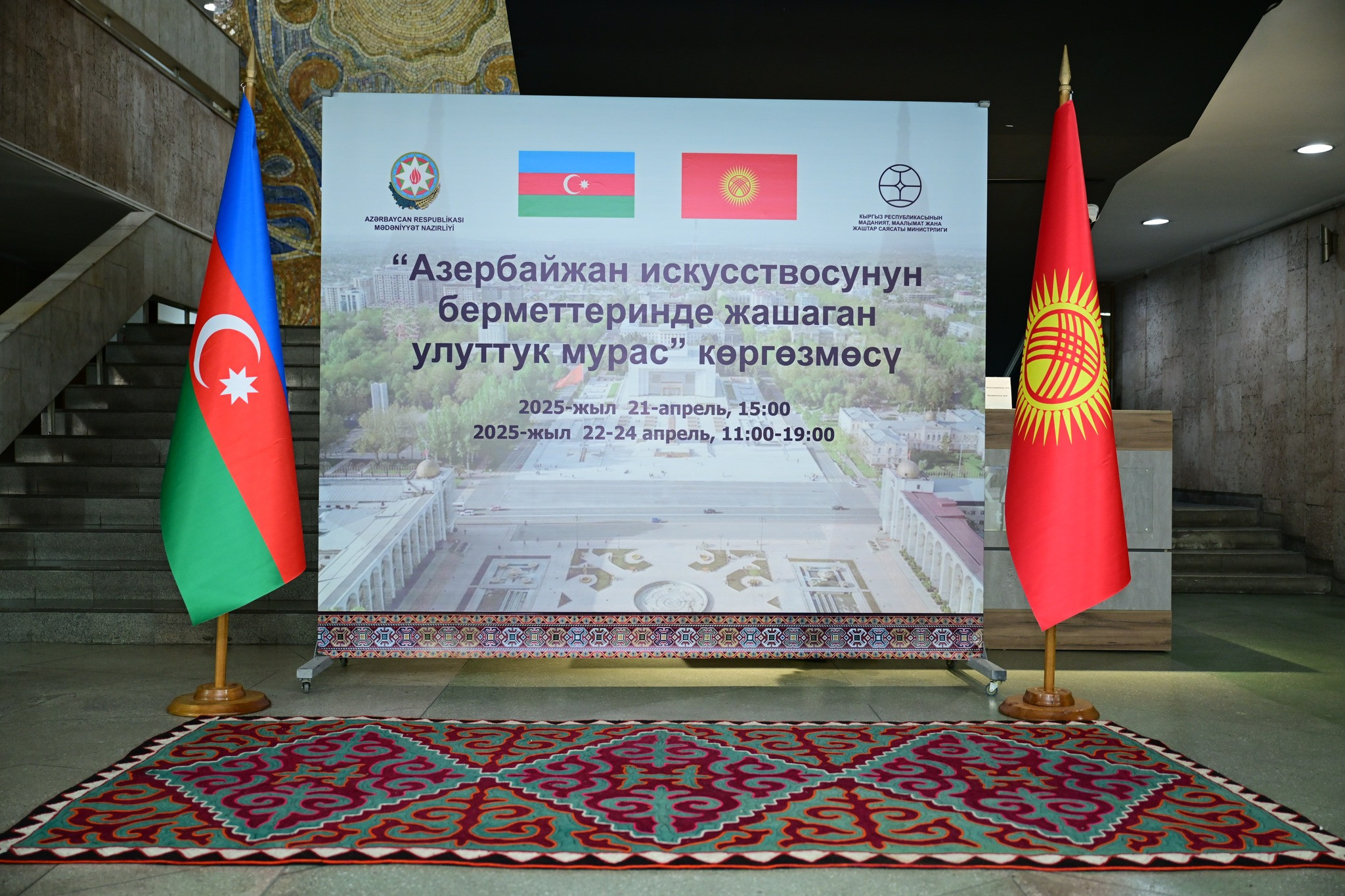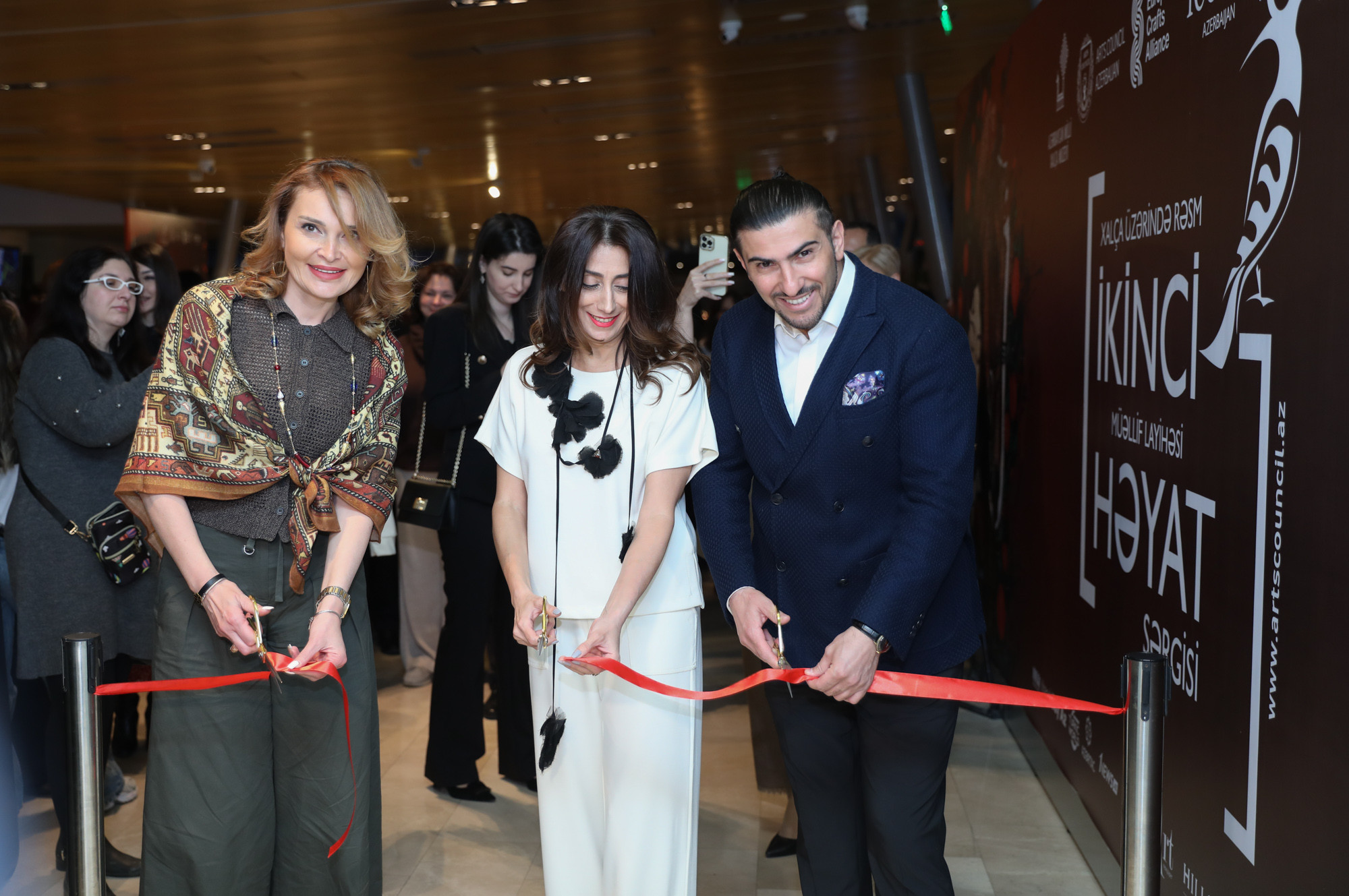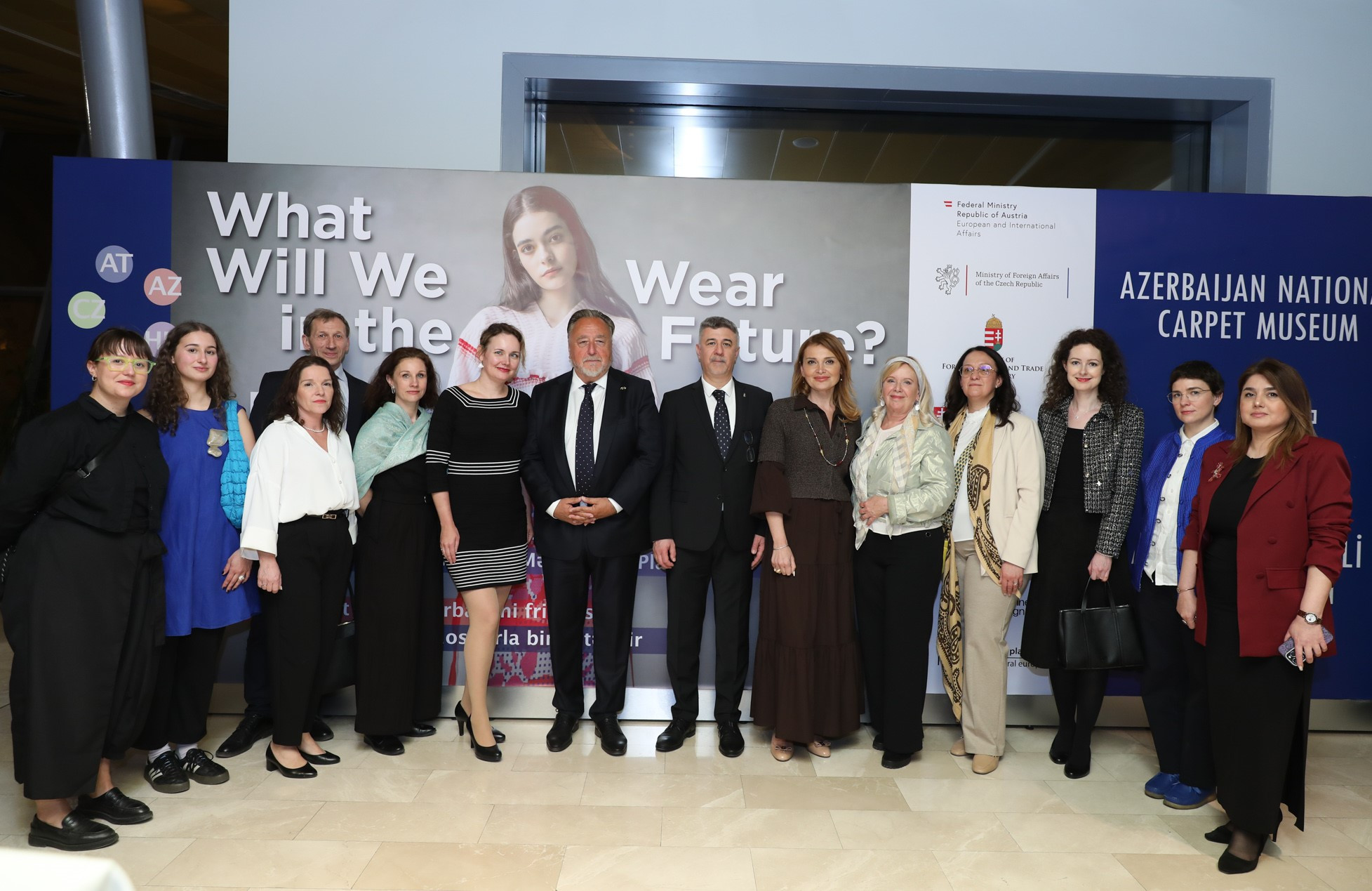Pile carpets
The “Pile carpets” collection, which is the main component of the museum’s foundation, has 2398 exhibits dating from the 17th century to the early 20th century, and from the modern period. It presents the four types of carpet weaving in Azerbaijan: Guba-Shirvan, Ganja-Gazakh, Karabakh, and Tabriz.
Carpets were widely used in the daily life of people. Azerbaijan carpets are distinguished with a vast variety of decorative compositions that number over 600 designs. The museum collection also stores carpets produced by Azerkhalcha OJSC. It was founded in 1927 and continues the ancient traditions of carpet art.
Professional modern artists have played a major role in the development of carpet art. Among them is the master and scientist Latif Karimov, whose sketches Lachakturunj, Bahar (“Spring”), Heyvanlar alami (“World of animals”), Shabi-Hijran (“Night of separation”), and Safiaddin Urmavi were translated into woven carpets. The museum also presents the works of Kamil Aliyev – Nizami, Nasimi, Heydar Aliyev, Eldar Mikayilzadeh – Shabi-Hijran and Nagillar alami (“World of fairytales”); Jafar Mudjiri – Saib Tabrizi and others.
The oldest exhibit is the 17th century carpet Ajdahali (“The Dragon”), an example of the Karabakh type. The carpet was bequeathed to the museum by the American collector Grover Schiltz and was donated by his wife Beverly Schiltz in 2013.
